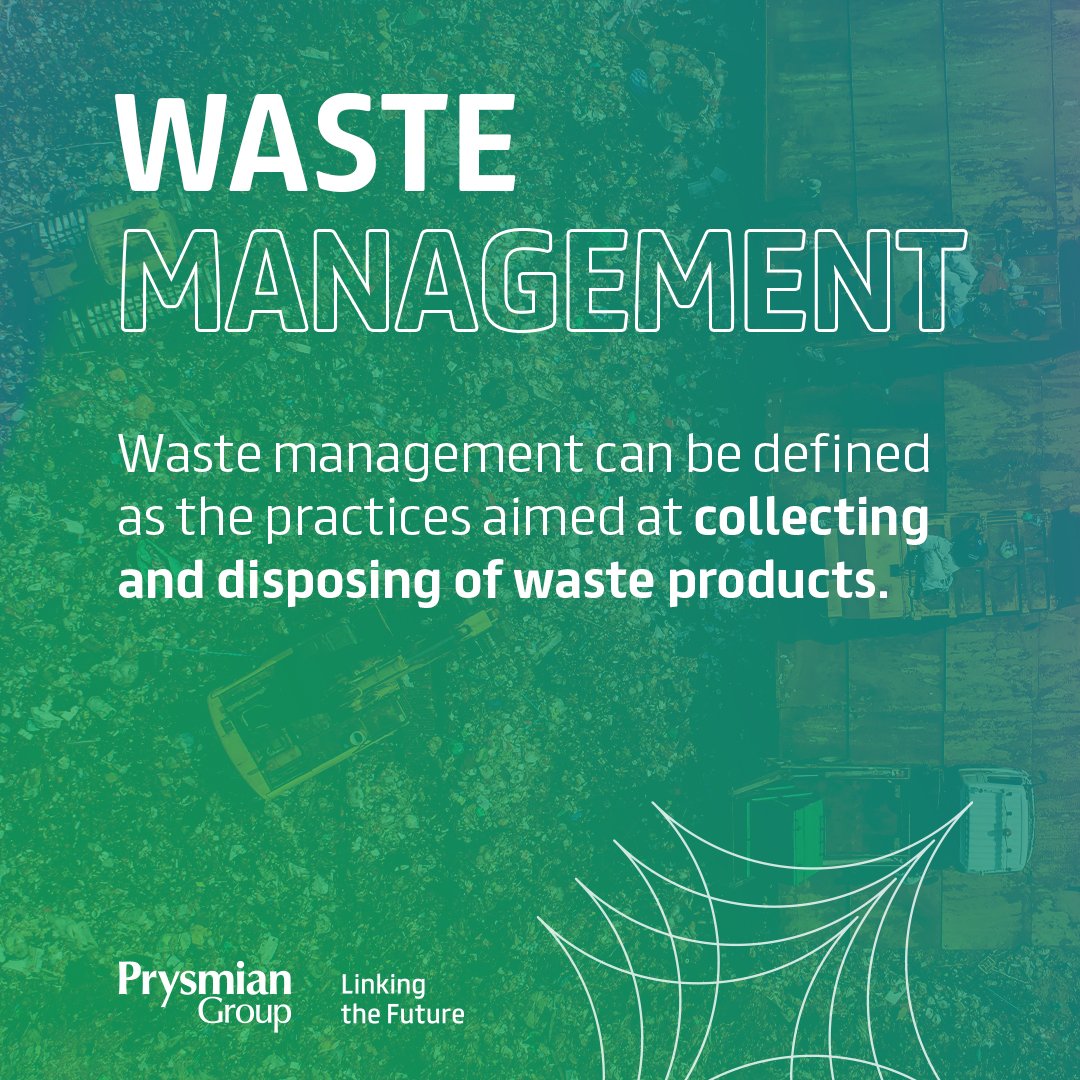The Main Principles Of Reclaim Waste
Table of ContentsAll About Reclaim WasteReclaim Waste Can Be Fun For AnyoneReclaim Waste for BeginnersReclaim Waste Things To Know Before You Get ThisThe 10-Minute Rule for Reclaim Waste
Residential sewage waste refers to the waste and items from a property septic tank. The appropriate management and disposal of residential sewage waste require liquid waste to be moved to a sewage treatment plant where the proper techniques and equipment are applied to detoxify and dispose of waste.
Industrial waste frequently consists of prospective hazards, such as combustible materials or a mixture of liquid and strong waste items, and requires an extra innovative and detailed disposal process. The disposal of commercial waste normally includes the filtration of waste prior to transportation to guarantee safe and correct disposal. Hazardous waste is developed from by-products and runoff of industrial procedures and production.
This sort of waste can not make use of the same sewage monitoring transport or processes as septic or industrial liquids. The hazardous waste management procedure needs the inspection and testing of liquid waste prior to it goes through the disposal process (liquid waste removal). Drainage waste is the liquid waste that comes from runoff and excess stormwater in extremely populated locations or cities
Drainage waste can trigger contamination and flooding otherwise dealt with appropriately. Find out more concerning sewage system cleansing and waste monitoring. Ensuring appropriate waste administration can stop disasters and lower ecological injury. Both people in property settings and professionals in industrial or manufacturing sectors can gain from recognizing the procedures and guidelines of liquid waste management.
Reclaim Waste Can Be Fun For Everyone
Get in touch with PROS Solutions today to find out regarding our waste management and disposal solutions and the proper means to care for the fluid waste you produce.
Do you know what occurs to your water when you end, flush the commode or drain pipes the cleaning machine? No? Well, it deserves understanding. This supposed 'wastewater' is not just a crucial resource but, after therapy, will be launched to our land, rivers or the ocean. Made use of water from commodes, showers, bathrooms, kitchen sinks, washings and commercial procedures is referred to as wastewater.

water made use of to cool equipment or clean plant and tools). Stormwater, a form of wastewater, is drainage that flows from farming and urban areas such as roofing systems, parks, yards, roads, courses and rain gutters try this website right into stormwater drains pipes, after rain. Stormwater moves unattended directly to regional creeks or rivers, eventually getting to the ocean.
Getting My Reclaim Waste To Work
In Queensland, many wastewater is dealt with at sewage therapy plants. Wastewater is moved from residential or commercial websites with a system of drains and pump stations, understood as sewerage reticulation, to a sewage treatment plant.
The Department of Natural Resources recommends regional governments about handling, operating and keeping sewerage systems and therapy plants. In unsewered areas, city governments may call for owners to set up private or family sewage treatment systems to treat residential wastewater from commodes, cooking areas, restrooms and laundries. The Division of Natural Resources authorizes the usage of house systems when they are confirmed to be efficient.
In some new neighborhoods, treatment of some stormwater to get rid of trash, sand and gravel has actually begun using gross toxin traps. Wastewater therapy occurs in 4 stages: Gets rid of solid issue.
Uses tiny living microorganisms knows as micro-organisms to damage down and remove staying liquified wastes and fine bits. Micro-organisms and wastes are included in the sludge.
How Reclaim Waste can Save You Time, Stress, and Money.
Nutrient elimination is not available whatsoever sewer therapy plants because it needs pricey specialised tools. It is becoming a lot more usual in Queensland. Clear fluid effluent generated after therapy might still consist of disease-causing micro-organisms. If this effluent is released into waterways such as rivers or the sea, the micro-organisms will eventually die out.

Most wastewater streams into the sewage system. Under the Act, regional governments carry out approvals and licences for eco pertinent activities (Periods) entailing wastewater launches that might have a neighborhood effect.
Getting The Reclaim Waste To Work
Or else, examples are taken for research laboratory analysis. Frequently numerous tests are needed to develop the degrees of each of the various contaminants such as oils, hefty metals and chemicals in water. Surveillance supplies accurate information regarding water quality and can confirm that licence problems are being fulfilled. The information acquired with surveillance provides the basis for making water high quality decisions.
Comments on “The 4-Minute Rule for Reclaim Waste”